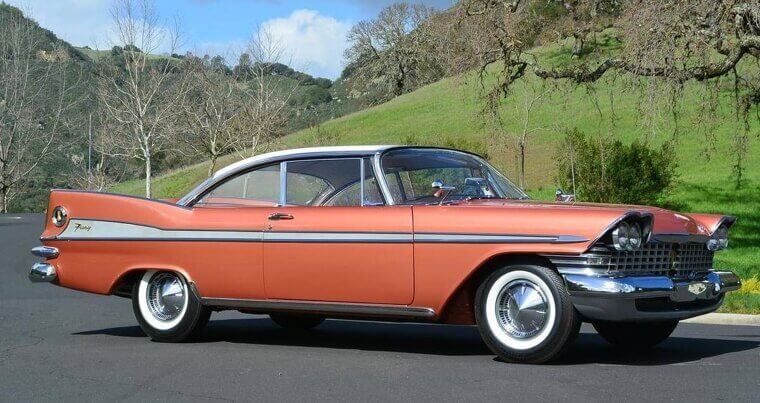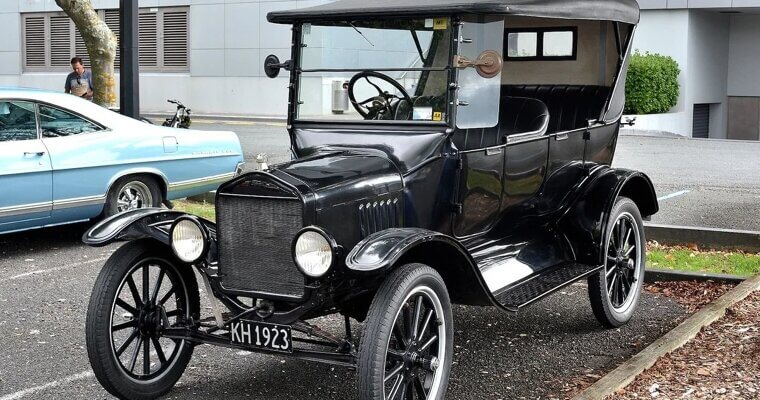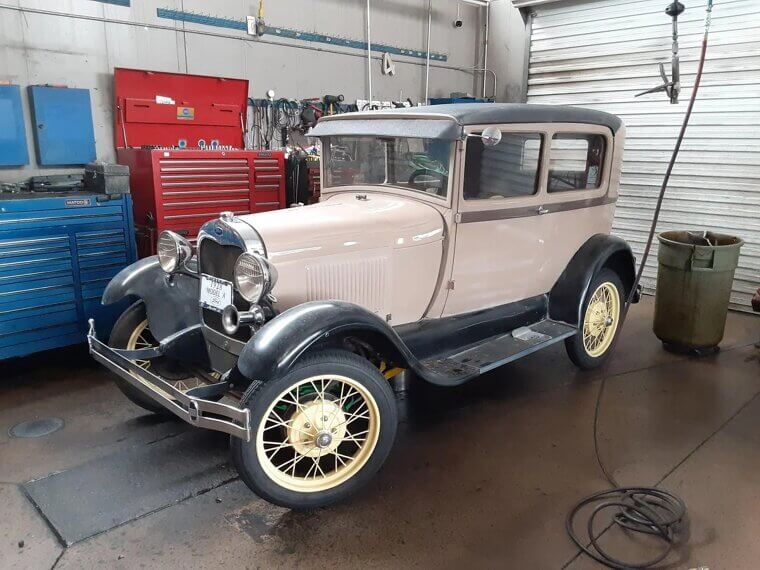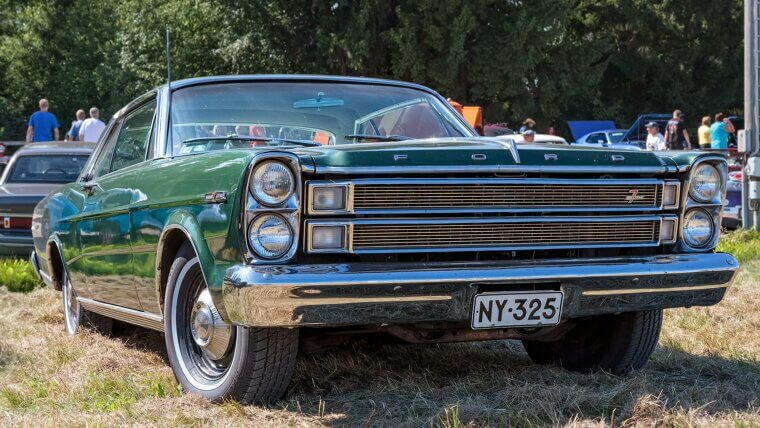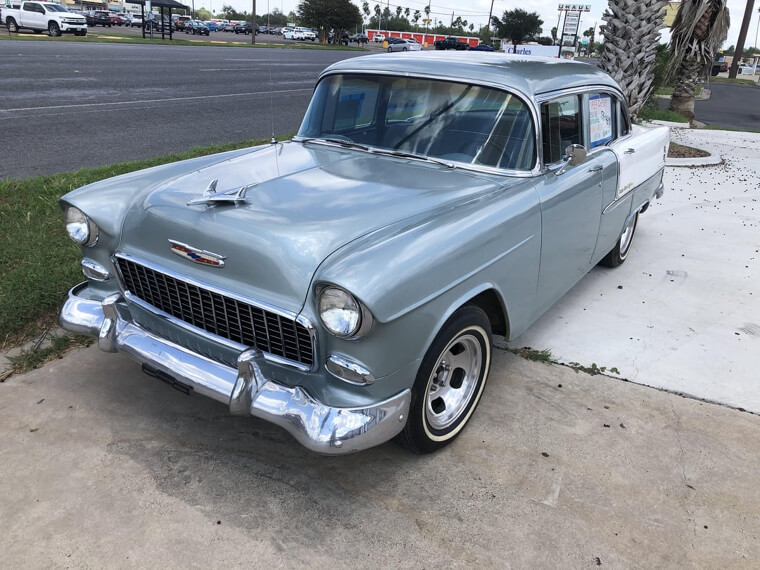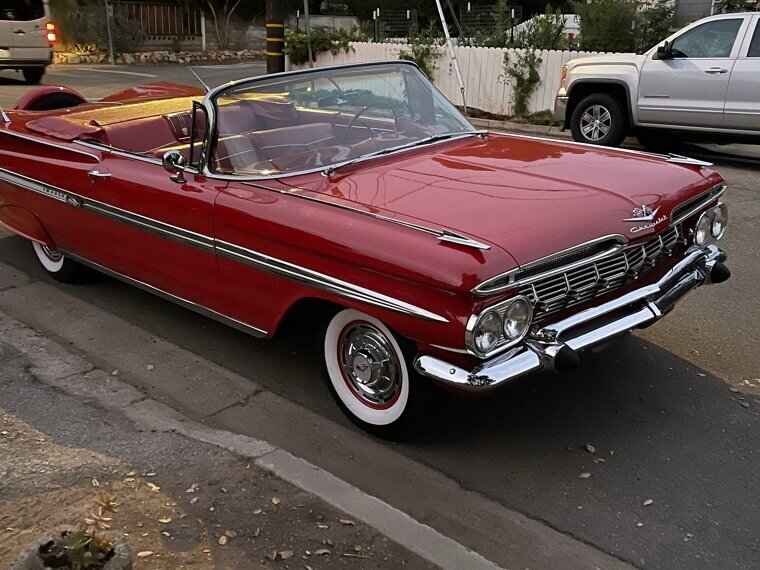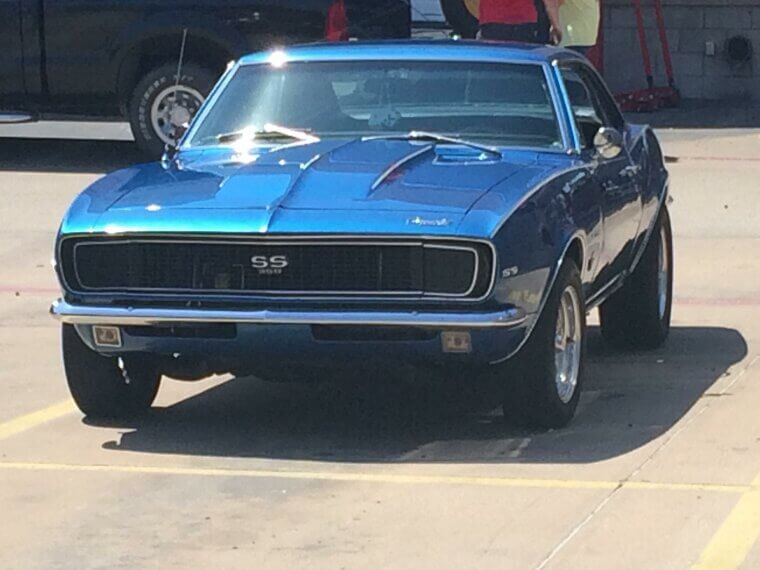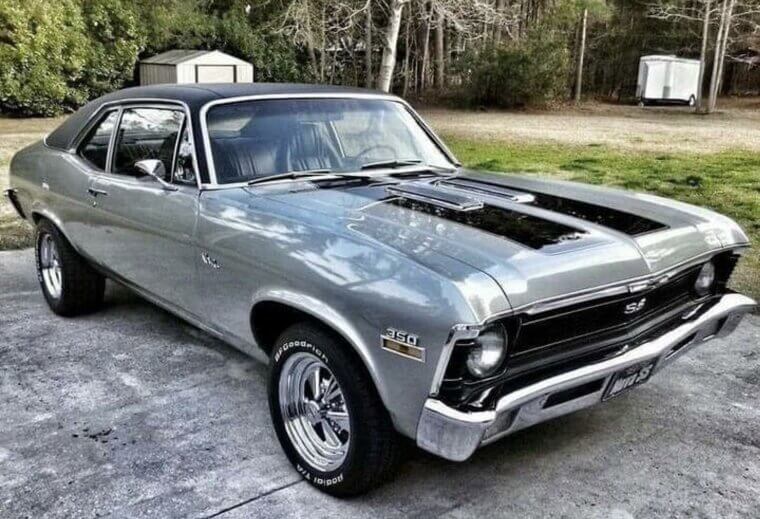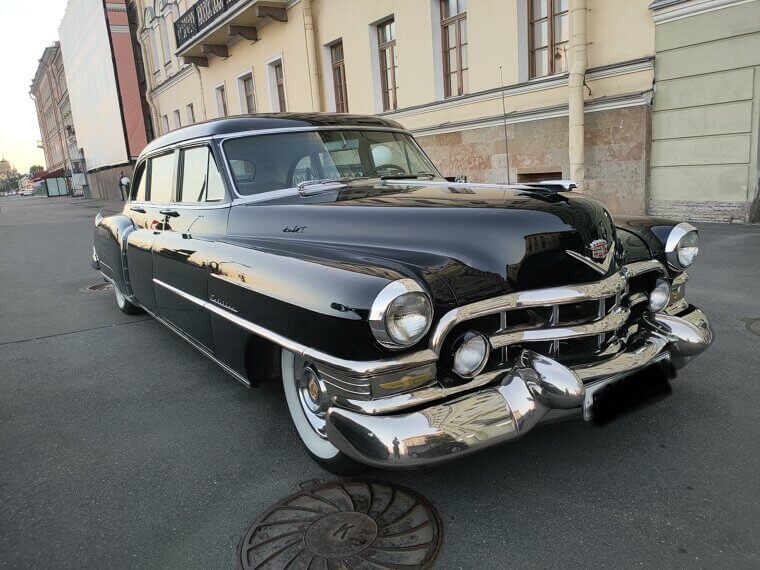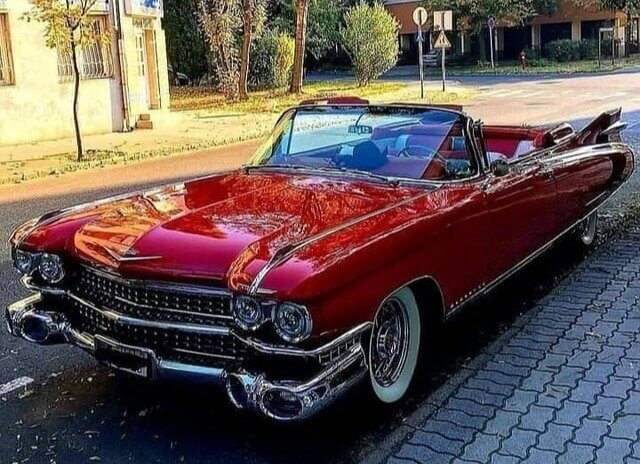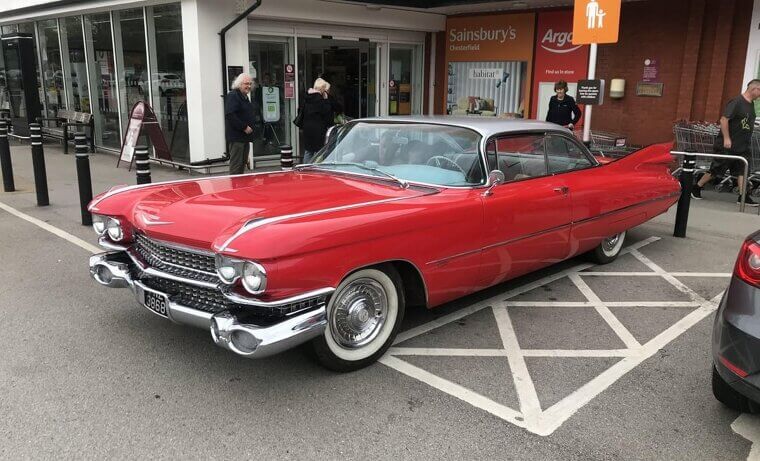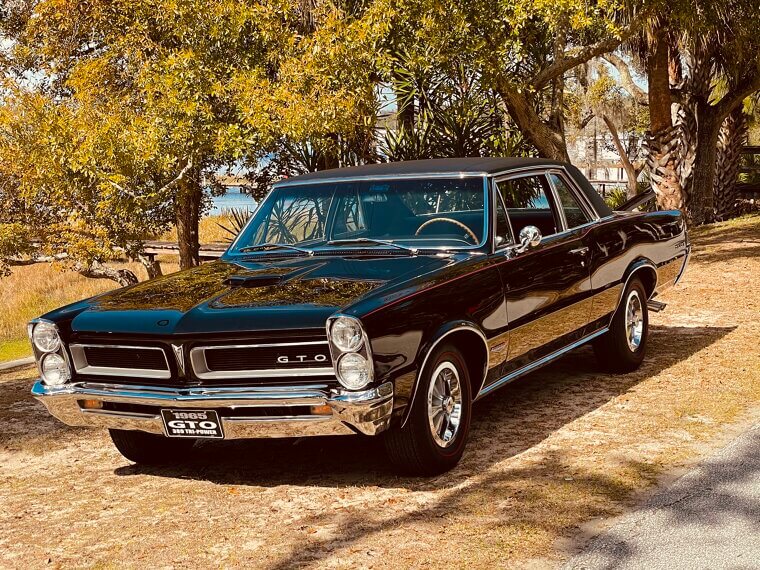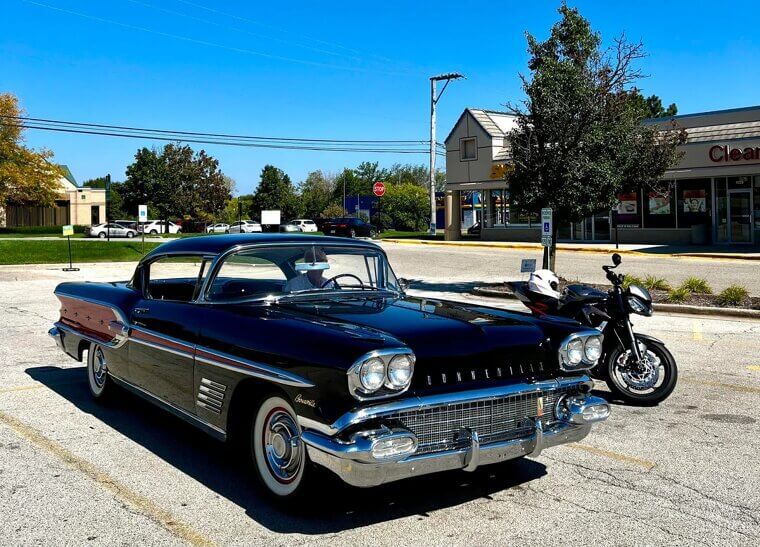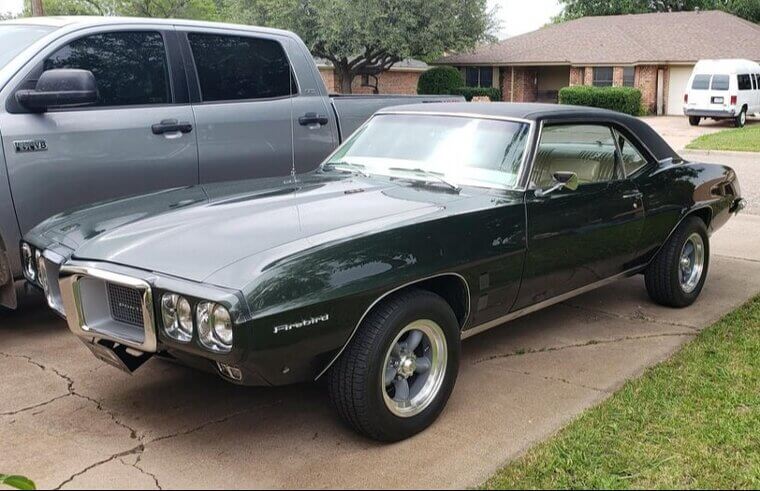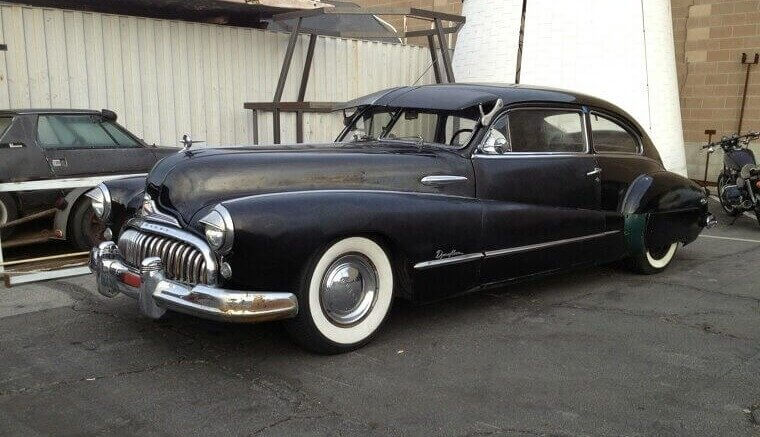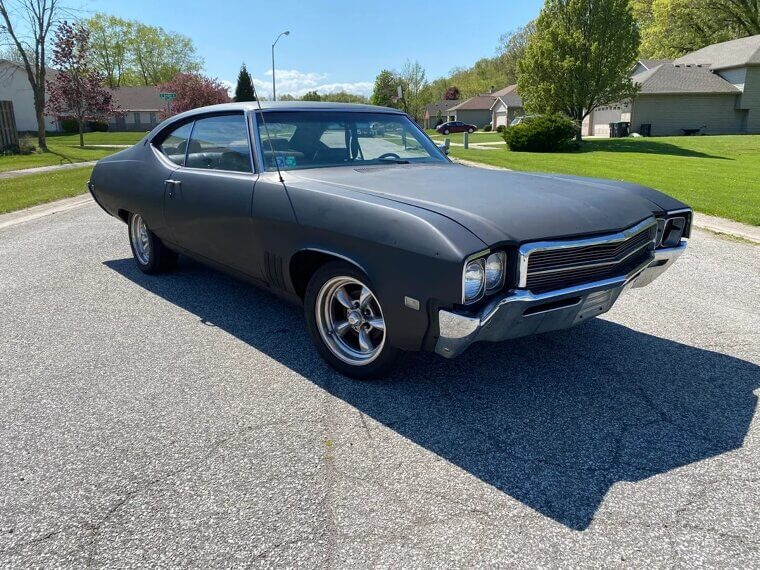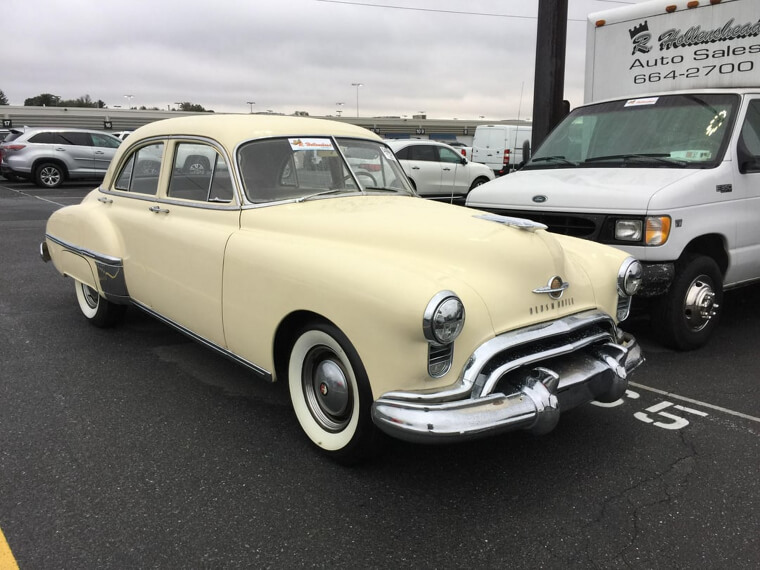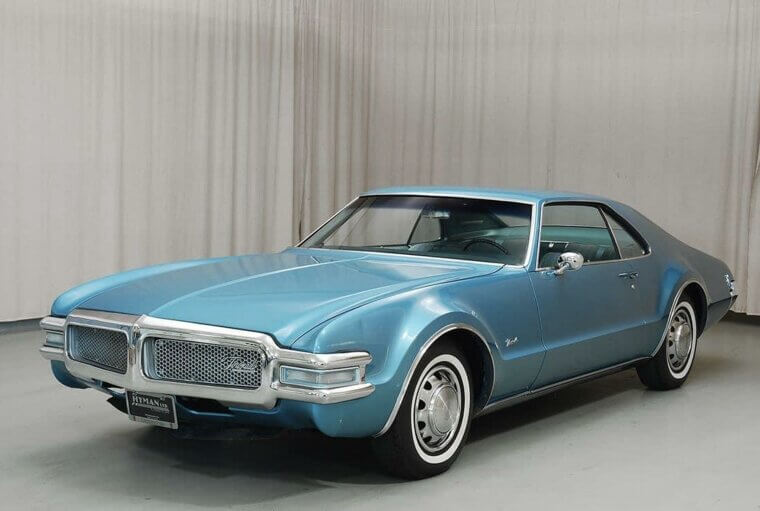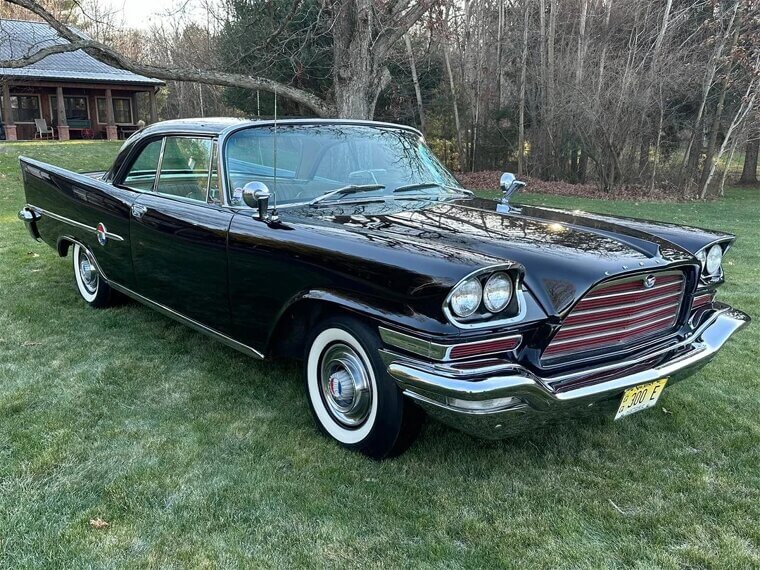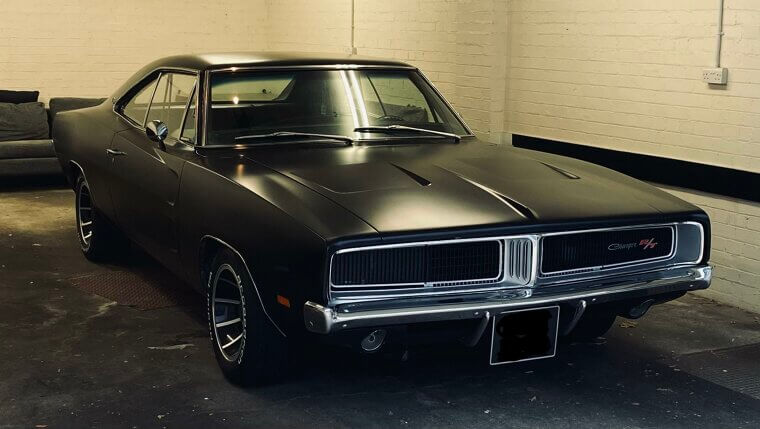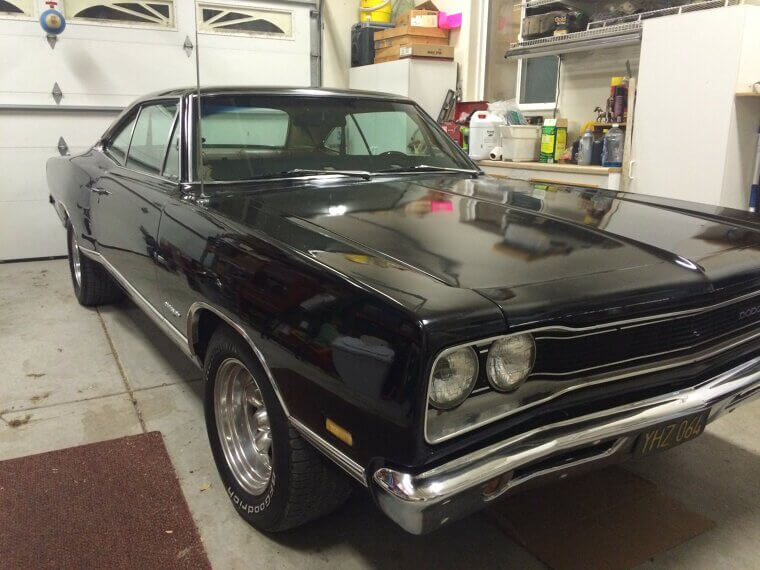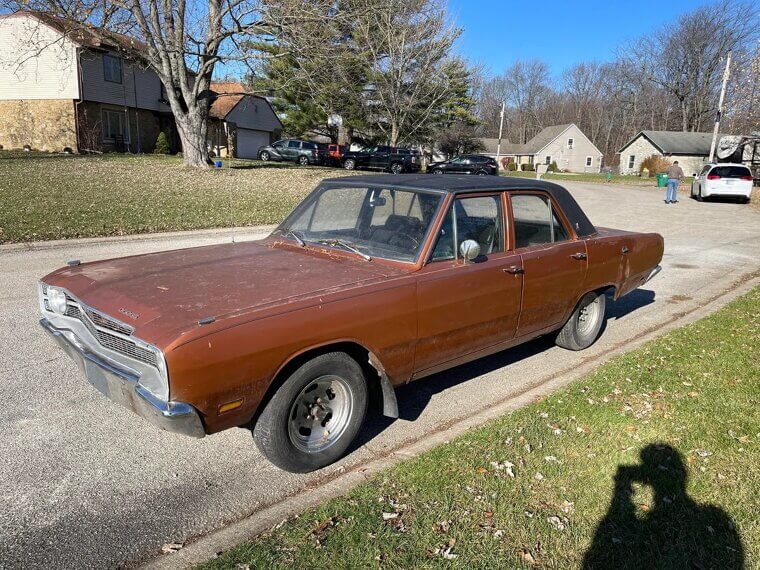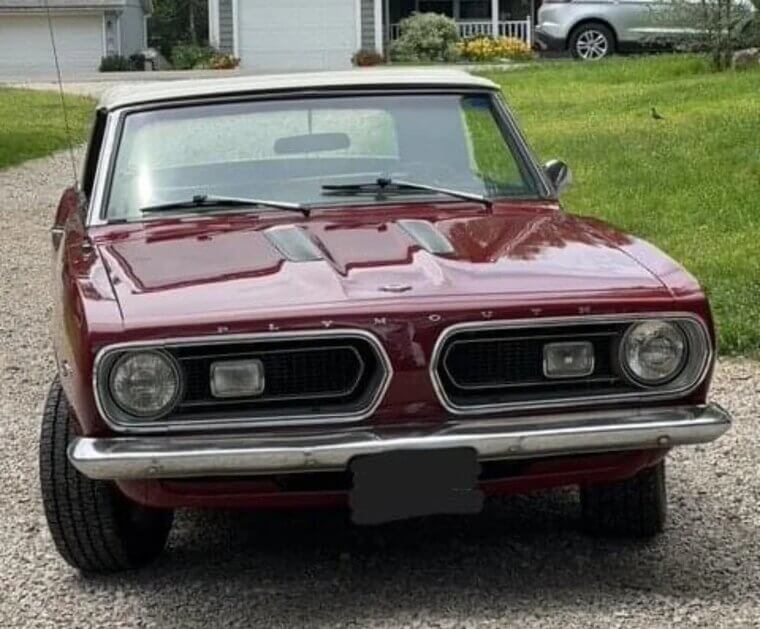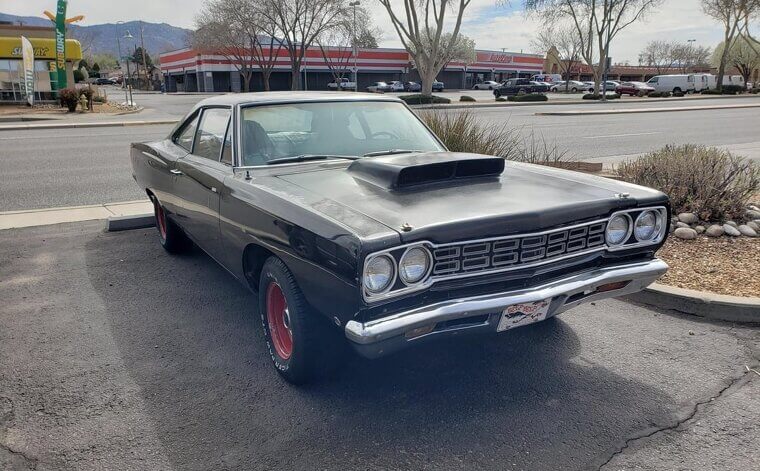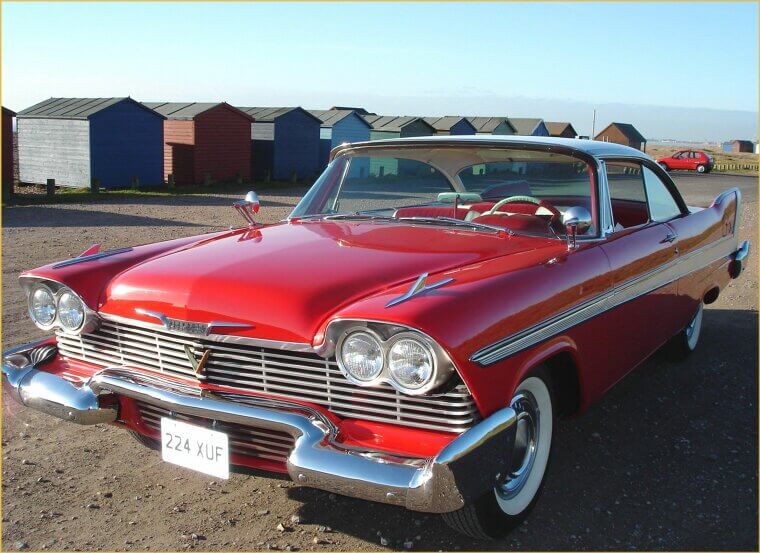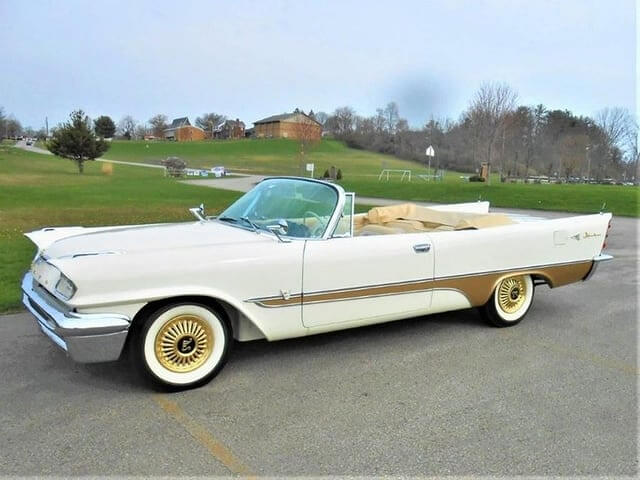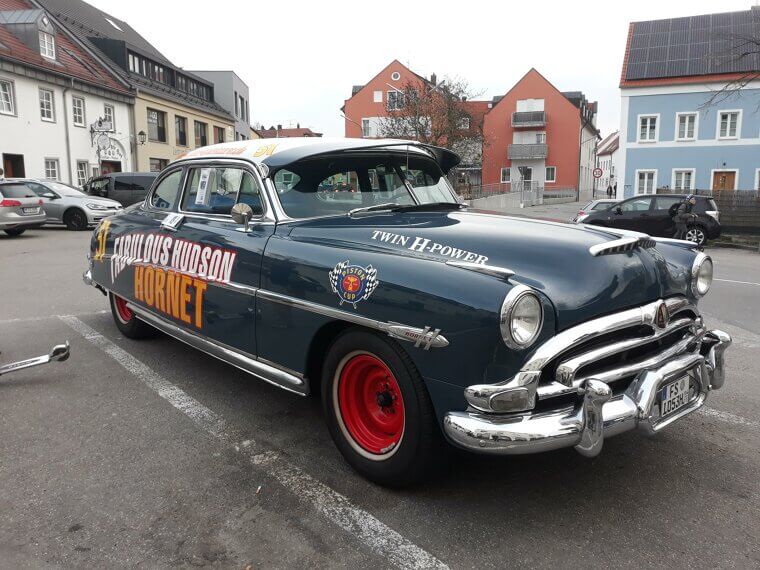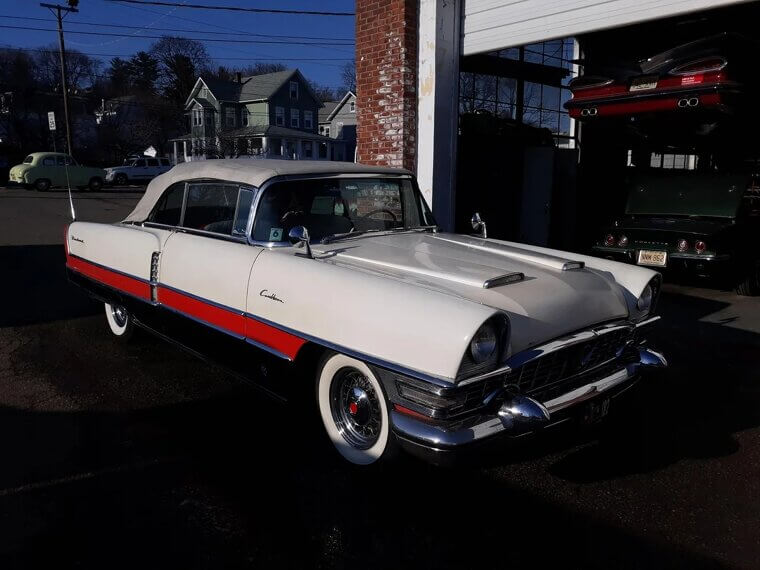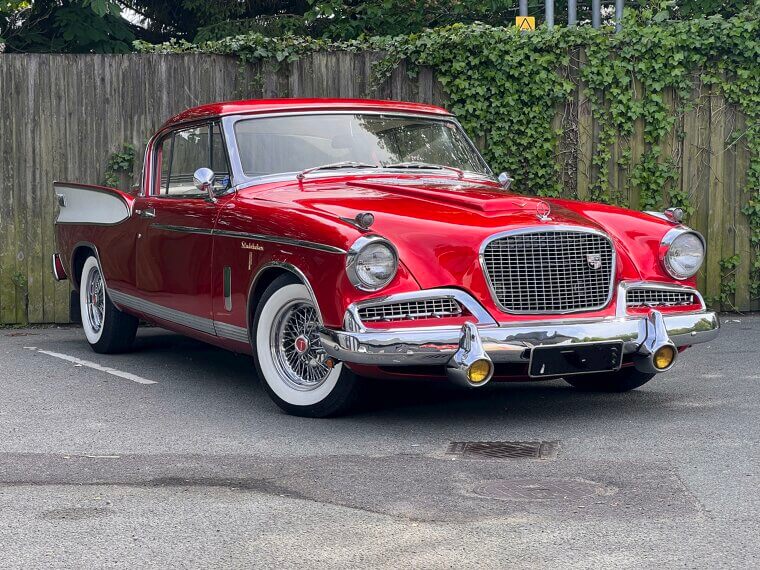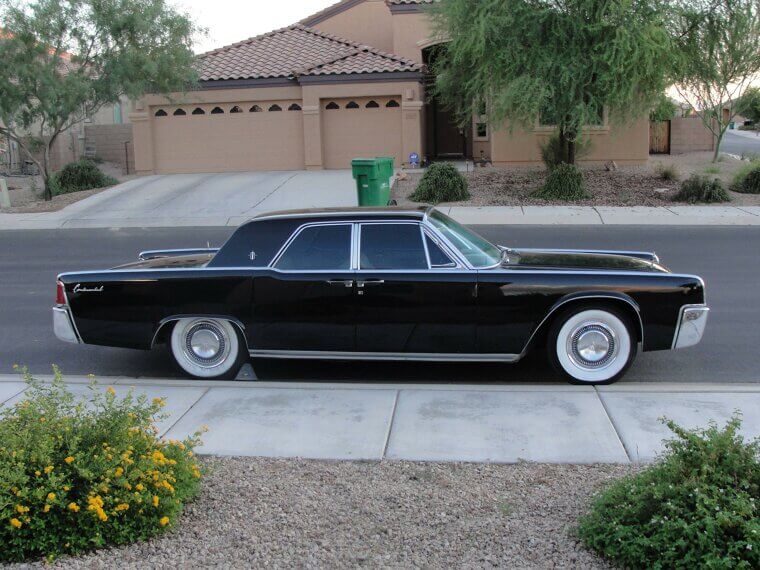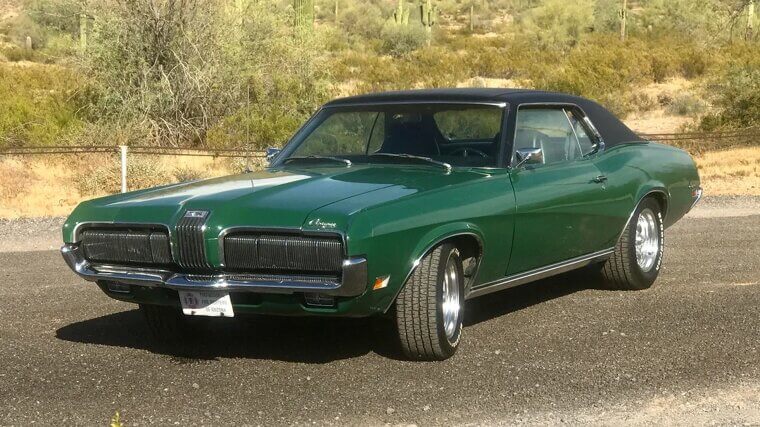Stunning Cars From Detroit's Heyday
These days you’ve got plenty of international brands to choose from when it comes to your motoring needs, but there was a time when Detroit ruled the roads. The cars listed here are all classic examples of American innovation and engineering at its finest, before tariffs and imports challenged Detroit’s reign.
Ford Model T
We may as well end the list right here, folks. This is it: this is the car that put not just America on wheels but the entire world as well. The Ford Model T was a thing of rugged beauty, a practical and affordable vehicle that set the standard for everything that came after it and was the first car ever manufactured on an assembly line.
Ford Model A
The Model T was a marvel in many aspects, but Ford was always looking to innovate in other ways as well. It didn’t take long for them to release the Model A into the world, a car that resembled the Model T in many ways but which also modernized that basic design with safety glass and a more stylish body.
Ford Thunderbird
By the 50s, Ford had already established themselves as probably the biggest name in the American automotive industry, but they had some stiff competition in the likes of Chevrolet and Cadillac. The Thunderbird came in like a torpedo to even the odds, a stylish, immaculate two-door coupe that also went on to expand the personal luxury segment.
Ford Mustang
When the 60s rolled around, Ford was flying high, and rather than grow complacent, the company maintained their momentum with the release of the Mustang. It was the original pony car, introducing the world to a whole new breed of vehicle, one that was stylish and powerful in equal measure.
Ford Galaxie
The T-Bird and Mustang weren’t the only notable Ford vehicles to come out of the 50s/60s period. Indeed, while the Space Race was going on, Ford set their sights on the stars too with the release of the Galaxie, a four-door sedan known for its big-block V8 - and its association with NASCAR, a uniquely American sport.
Chevrolet Bel Air
Ford was the original innovator in the motoring world, but they’ve always enjoyed a competitive rivalry with Chevrolet, who arguably dominated the 50s with the Bel Air. This is the quintessential 50s ride - tailfins and all. It was the kind of vehicle you could pick up a hot date in or take the family on a Sunday drive.
Chevrolet Corvette
To this day, there is perhaps no other classic vehicle that most people desire more than the original Chevy Corvette. This was America’s sports car, a vehicle that was red-blooded in its performance but still plenty stylish to boot.
Chevrolet Impala
The Impala stampeded onto the scene in 1958, a full-bodied vehicle that would replace the popular Bel Air. It was large, stylish, and powerful to a patriotic extent and was Chevrolet’s most popular full-sized model all the way through to the 80s.
Chevrolet Camaro
Ford was on top of their game when they released the Mustang, but Chevrolet wasn't just going to let them single-handedly dominate the market. In response, they unleashed the Camaro, which was every bit as stylish as the Mustang and more, and while we could hash out their pros and cons all day, muscle car fans will undoubtedly still rank them the same.
Chevrolet Nova
In comparison to many of Chevrolet’s other releases around this time, the Nova is a much more modest machine. That didn’t mean that Chevrolet was skimping on it, however, and the Nova quickly became popular with hot rodders for its lightweight body.
Cadillac Series 62
Although Ford quickly took over the market in the early 20th century, Cadillac was among the very first automobile brands in the US whose name eventually became synonymous with luxury. The Series 62 was pretty much the company’s bread-and-butter, a car emblematic of its time thanks to its iconic tailfins, but no less luxurious by today’s standards.
Cadillac Eldorado
It’s common knowledge at this point that if you want people to take your car seriously, give it a name with an “o” at the end. The Eldorado replaced the Series 62 as the company’s most notable luxury vehicle. Early models of the car were extremely rare - which only made people want to get their hands on one even more.
Cadillac DeVille
The DeVille is proof that real luxury lasts forever. It’s one of Cadillac’s longest-running nameplates, originally used to denote a specific trim for the Series 62 before becoming its own vehicle. Early DeVille’s (between 1949 and 1970) were symbols of wealth and prestige, and they were oh-so comfortable to drive.
Pontiac GTO
History, as it’s written, would have us believe that the Mustang was the first true muscle car, but many people forget that, actually, it was the Pontiac GTO that came first. Now, sure, it may not be as iconic as the Mustang or Camaro, but the impact of its design - a full-size body and a big V8 - can’t be understated.
Pontiac Bonneville
The Bonneville drew its name from the Bonneville Salt Flats in Utah, an early auto racing site that was also famous for the many speed records set there. It was, therefore, pretty brave for Pontiac to take on such a renowned moniker, but the Bonneville delivered nonetheless and quickly became famous for its sporty performance.
Pontiac Firebird
The Firebird wasn’t exactly a trailblazer on its own, but its sharing a platform with the Camaro immediately placed it in the spotlight - and in direct competition with Ford’s new Mercury Cougar. While the Camaro and Firebird shared many similarities, there was no denying Pontiac’s influence in the latter due to its unique styling and performance.
Buick Roadmaster
When it comes to Buick’s history as a company, no nameplate is perhaps more important than the Roadmaster, which saw use for the better half of a century. The original Roadmaster was a great, big machine that epitomized personal luxury with its sleek body and quickly earned the company a reputation for refinement.
Buick Riviera
Some readers may contend with us for saying that the Roadmaster was Buick’s most important nameplate. Those readers will undoubtedly point towards the Riviera in response, and honestly, it’s tough to argue which car is more important. The Roadmaster nameplate was around for much longer, but the Riviera was one of GM’s greatest triumphs in terms of luxury and style.
Buick Skylark GS
The 60s were largely dominated by the muscle car craze, and Buick would have been nuts for not putting their own feet forward. The Skylark GS (one of many cars to adopt the Skylark nameplate) was their own muscle car offering, a stylish two-door coupe that - for once - was known for its potent engine rather than its style alone.
Oldsmobile 88
Oldsmobile isn’t around anymore, but the brand’s impact on the motoring world is eternal. The 88 was one of their most important models, a small car with a big heart - or rather, a big V8 engine. Indeed, it was so impactful that it inspired the song “Rocket 88”.
Oldsmobile Cutlass
On its own, the Cutlass may not seem like a very significant entry into the Oldsmobile canon. It was originally a trim for the F-85 but soon evolved into its own nameplate - one that eventually included the 4-2-2, Oldmobile’s very own muscle car.
Oldsmobile Toronado
See what we mean about car names and “o’s”? Indeed, the Toronado was a radical entry for Oldsmobile, one which used front-wheel drive and a big-block V8, not to mention its absolutely wicked design that was both familiar and otherworldly.
Chrysler 300 Letter Series
Compared to some of the other nameplates and models on this list, the 300 Letter Series from Chrysler was relatively short-lived, but it was still an important vehicle for the brand. Indeed, its big Hemis, luxurious styling, and excellent performance quickly made people start paying attention to what Chrysler was doing.
Dodge Charger
What you’ve probably picked up on while reading this list is that A) muscle cars are cool, and B) they’re a uniquely American invention and integral to motoring history as a whole. For that reason, we’d be remiss to not include the Dodge Charger here, especially the second-gen Charger with its hidden headlights and fastback styling.
Dodge Coronet
The word “coronet” refers to a crown worn by royalty. Indeed, many cars throughout Dodge’s history wore the nameplate like a crown, and it quickly became among the company’s most prolific. Arguably the most important Coronet was the fifth generation which housed the famous Mopar engine.
Dodge Dart
Lightweight and powerful, this addition to the classic car market was the ideal budget muscle car for many enthusiasts between 1960 and 1970. The compact design of this passenger car made it a universal choice amongst families, racers, and even the taxi cab industry!
Plymouth Barracuda
This two-door pony car certainly made a name for itself as a luxury vehicle. While its first generation set the standard with its Chrysler A-Body and hardtop fastback design, the second generation is what truly took the spotlight with its fast and fierce form.
Plymouth Road Runner
Often referred to as the 1970 Superbird, the Road Runner was an affordable muscle car built with a focus on speed and simplicity. Performance was the manufacturer's aim during production of this car, and they certainly pulled through with this model.
Plymouth Fury
A classic piece of Detroit style and muscle, the Plymouth Fury should be one of the first things to come to mind when you hear the phrase “classic car”. Launched in 1956, this stylish vehicle forms part of the Golden Fins Era. With high performance and limited production, this car is a collector's dream addition.
DeSoto Adventurer
This stylish addition to the world of classic collectables was offered as both a hardtop coupe as well as a convertible and provided high performance with a large engine. Having been sold only between 1956-1960, this limited production muscle car was in high demand for its time and even higher demand after its production ceased.
Hudson Hornet
Even people who don't know anything about cars will recognize this bad boy (hint, voiced by the ever-classy Paul Newman). That's right, it's Doc Hudson from Pixar’s Cars. This renowned car launched as far back as 1951 and was only available till 1954, but is still renowned to this day for its dominance in the racing scene.
Packard Caribbean
The Packard brand name was dropped altogether in 1962, but they still left us with some great cars, not least of which include the Caribbean, a luxurious convertible produced in a limited number. It was one of Packard’s last great gifts to the American automotive industry.
Studebaker Golden Hawk
Studebaker and Packard would eventually merge (before Packard was dropped altogether), but the former already had a nice notch on its belt. The Golden Hawk was truly golden, a stylish two-door with a powerful V8 to back it up.
Lincoln Continental
Besides dead presidents, the Lincoln name was long associated with top-of-the-line luxury and was one of Ford’s most notable brands. The Continental was its flagship vehicle which popularized suicide doors.
Mercury Cougar
The Mercury Cougar shared a platform with the Mustang and was another fantastic muscle car from that era. It was, for all intents and purposes, a more refined Mustang, and people remember it fondly today as yet another example of American, Detroit-based engineering at its finest.

